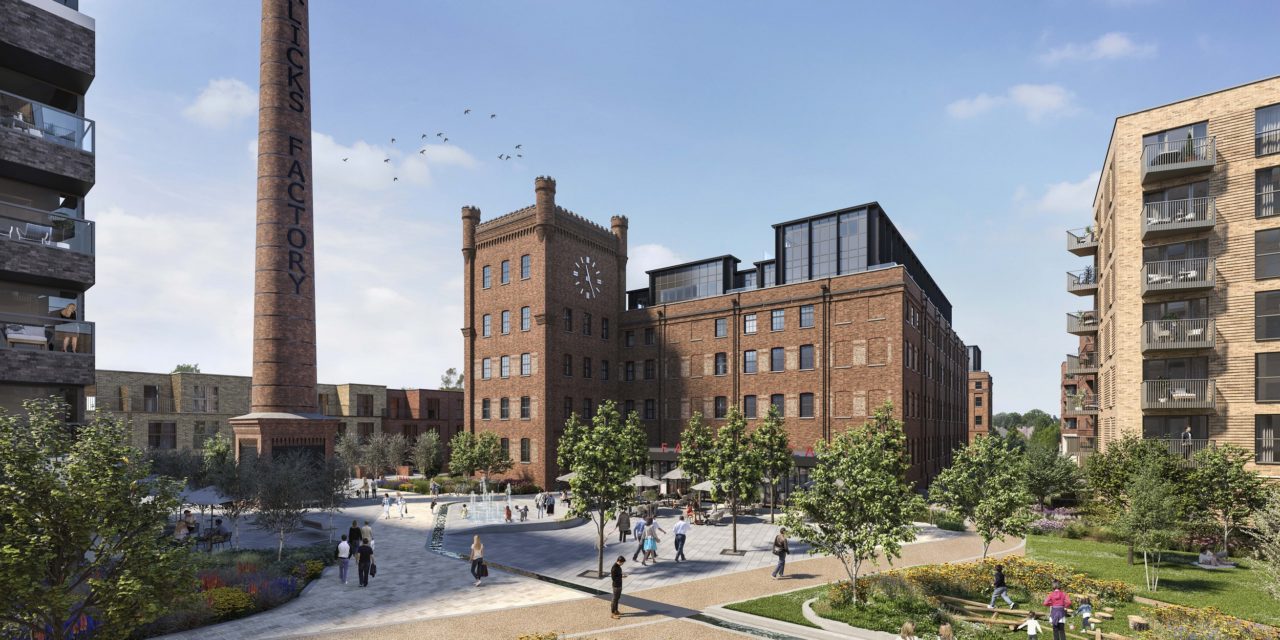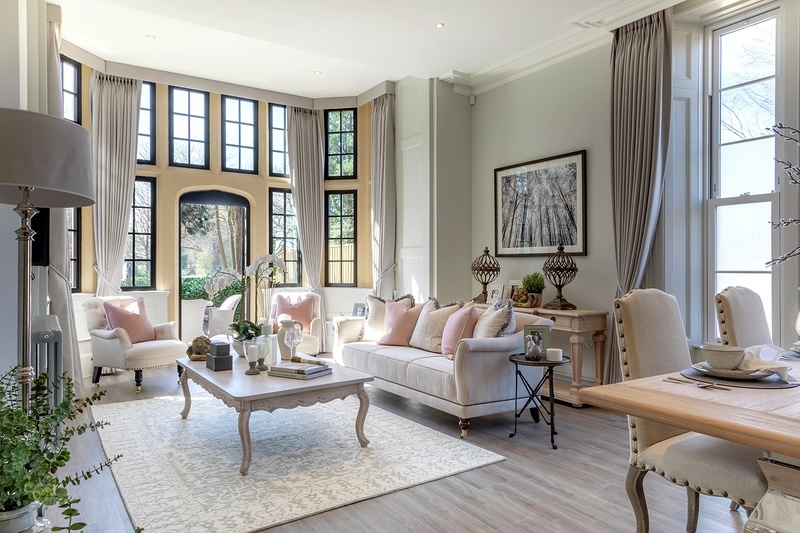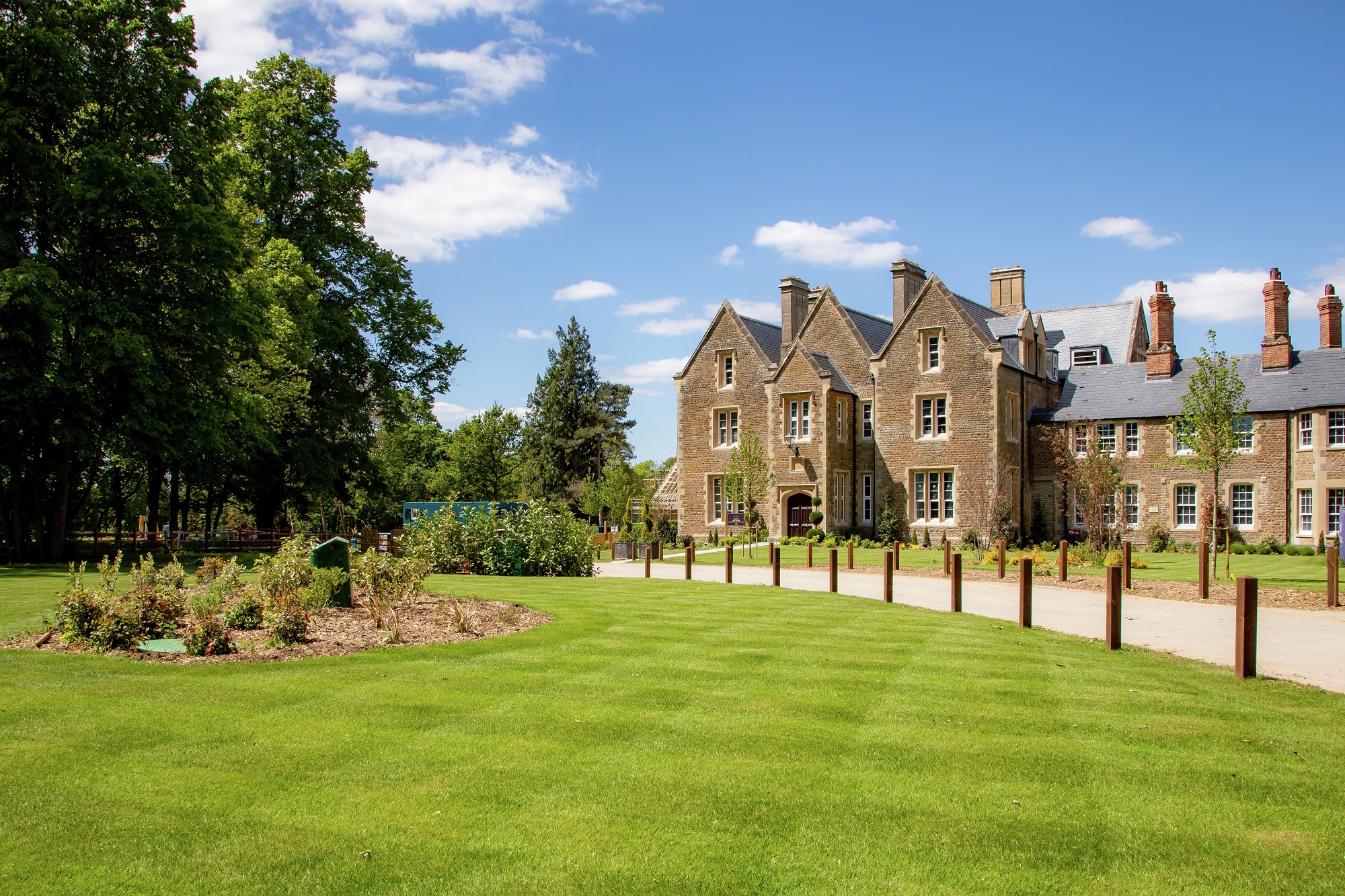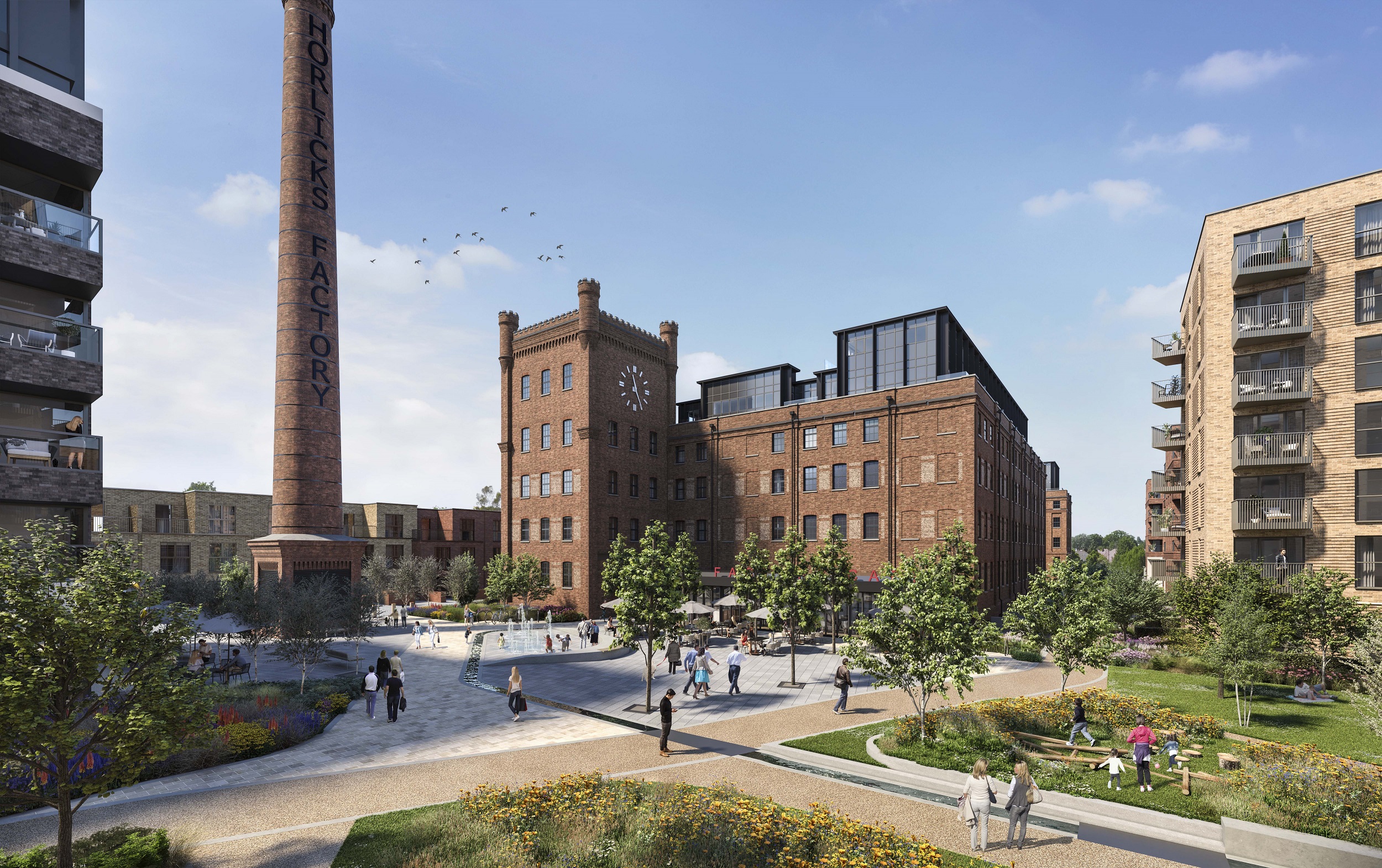After an initial slowdown in construction, the new build sector has recovered well over the Summer and into early Autumn, supported by the strong rebound across the housing market as a whole.
But, while momentum remains positive, there are clear headwinds for the economy and for employment that will weigh on the market, Savills says in a new report entitled New homes: building resilience.
New build faces the additional challenge of the planned tapering and ultimate withdrawal of Help to Buy in 2023, so the sector needs to adapt in order to retain and grow market share, according to Ed Keeling, head of development at Savills Reading and Tim Watson, head of development at Savills Oxford.
Savills estimates that 212,000 homes will be built in the year to March 2021, 17 per cent fewer than in the previous 12 months. But with site starts running at just 47 per cent of pre-Covid levels, there is a significant risk to 2021-2022 delivery unless housebuilder confidence improves.
“The development industry faces three major challenges: meeting buyers’ evolving priorities, adapting to changes to Help to Buy and ensuring that supply is not adversely disrupted by Covid-19 and the resulting economic challenges,” said Mr Keeling who continues to say that the end of the Stamp Duty holiday is also likely to have an impact on the market.
“In the private sales market the mix and design of what is built will need to adapt to meet changing preferences and budgets, and appeal to a broader range of buyers while retaining existing buyer groups. To meet targets, delivery of all tenures will need to increase, including affordable, forward-funded build to rent and homes for the over-55s.”
Savills suggests that to reach the 300,000 target by the mid-2020s across England, delivery will need to recover to 2019/20 levels and add a further 18 per cent.
Help to Buy has contributed to significantly boosting new builds’ share of all home sales, from 10 per cent between 2010 and 2012 to 15 per cent in 2019, allowing many people to get on to the housing ladder or buy a larger property than they might have bought in the secondhand market.
While delivery across all tenures will need to increase to meet the Government target, the report analyses in detail the profile of new build buyers compared to secondhand home buyers to identify where the opportunities to increase new home sales and delivery lie.
Size and affordability are key: Average new build house sales tend to be larger than secondhand ones, indeed they are on average six per cent larger than pre Help to Buy. Over the past three years the average new build house sold was 18 per cent larger than the average secondhand house (1,120 sq ft vs 950 sq ft).
Families: Young families are the most common buyers of new homes (accounting for 30 per cent of sales). They are also the greatest users of Help to Buy, so most exposed to the tapering and ending of the scheme. This group will need family housing they can continue to afford in areas with good primary schools, play areas and parks.
While those in this group have the same incomes as those buying second hand, they typically buy a home that is some eight per cent bigger than those buying second hand and 22 per cent more expensive. Without Help to Buy, lower income young families will be unable to afford a new build home unless there is comparable financial support. Providing affordable family homes in areas with good primary schools, nurseries and parks will be vital.
People in this group typically buy a 1,000 sq ft home when buying new build, but our analysis shows that in terms of houses, this part of the market is relatively undersupplied compared to the secondhand and there is the potential to build 5,400 more new houses per year up to 1,100 sq ft.
The same principle applies to established families in the 41-60 age group, who typically pay 21 per cent more for a new build home than a secondhand home, many using Help to Buy to enable the move.
Older, more affluent households: New build homes account for just seven per cent of homes bought by singles and couples aged 41 to 60. They tend to be more affluent households and the homes they buy are 17 per cent larger than the same group buy in the secondhand market. Increasing the new build share of homes bought by this group to 10 per cent would create demand for 4,900 more new homes a year.
Similarly, just seven per cent of homes bought by the over 60s are new build. They account for just seven per cent of all new build owner-occupier buyers, making them the smallest new build buyer group. Like other buyer groups, they are attracted to locations that offer a strong community and local amenities but access to health care and amenities are particularly important to them.
If 10 per cent of this group were to buy new build rather than secondhand, that would equate to 3,800 additional new sales a year.
“There are real opportunities to broaden the demographic of new build, but this requires new homes to be built with appropriate layouts and in environments that are as, or more, appealing than those in the secondhand market,” said Mr Watson.
“In addition, to increase resilience to changes in market conditions, particularly post Help to Buy, developers should also be looking to deliver a range of tenures including forward-funded build to rent homes and income-generating uses alongside homes where appropriate.”
Resilience requires ESG focus: Developers will also need to look beyond Covid-19 and changing buyer budgets and preferences, the Savills report says. In the future developments will need to be more energy efficient, sustainable, mixed, flexible, well-connected places which promote health and wellbeing.
“Achieving resilience will require developments to have higher environmental standards, greater social value and be mixed, sustainable places. With higher ESG credentials, there is greater investment potential albeit providing all this will put some pressure on land values,” Mr Watson concluded.
The new report can be found here.
Images 1 and 2:
Parklands Manor in Besselsleigh, Oxford
https://search.savills.com/property-detail/gbswrdsud170245
A collection of three, four and five bedroom homes and one and two bedroom apartments in a converted country manor house, set in 23 acres of parklands including woodland, lawns and meadows.
Images 3 and 4:
Horlicks Quarter, Slough – new development, coming soon
https://search.savills.com/property-detail/gbrgrdred200130
Regeneration of the Horlicks Factory, the town’s most recognised building for over 100 years. The new development, which is coming soon, includes a selection of one, two and three bedroom apartments and penthouses with connectivity to London Paddington in under 20 minutes. History blends seamlessly with modern, sustainable living in this new community for Slough which offers resident-only amenities including co-working space, gym and roof top gardens as well as a day nursery and café.
© Thames Tap (powered by ukpropertyforums.com).
Sign up to receive your free weekly Thames Tap newsletter here.


















